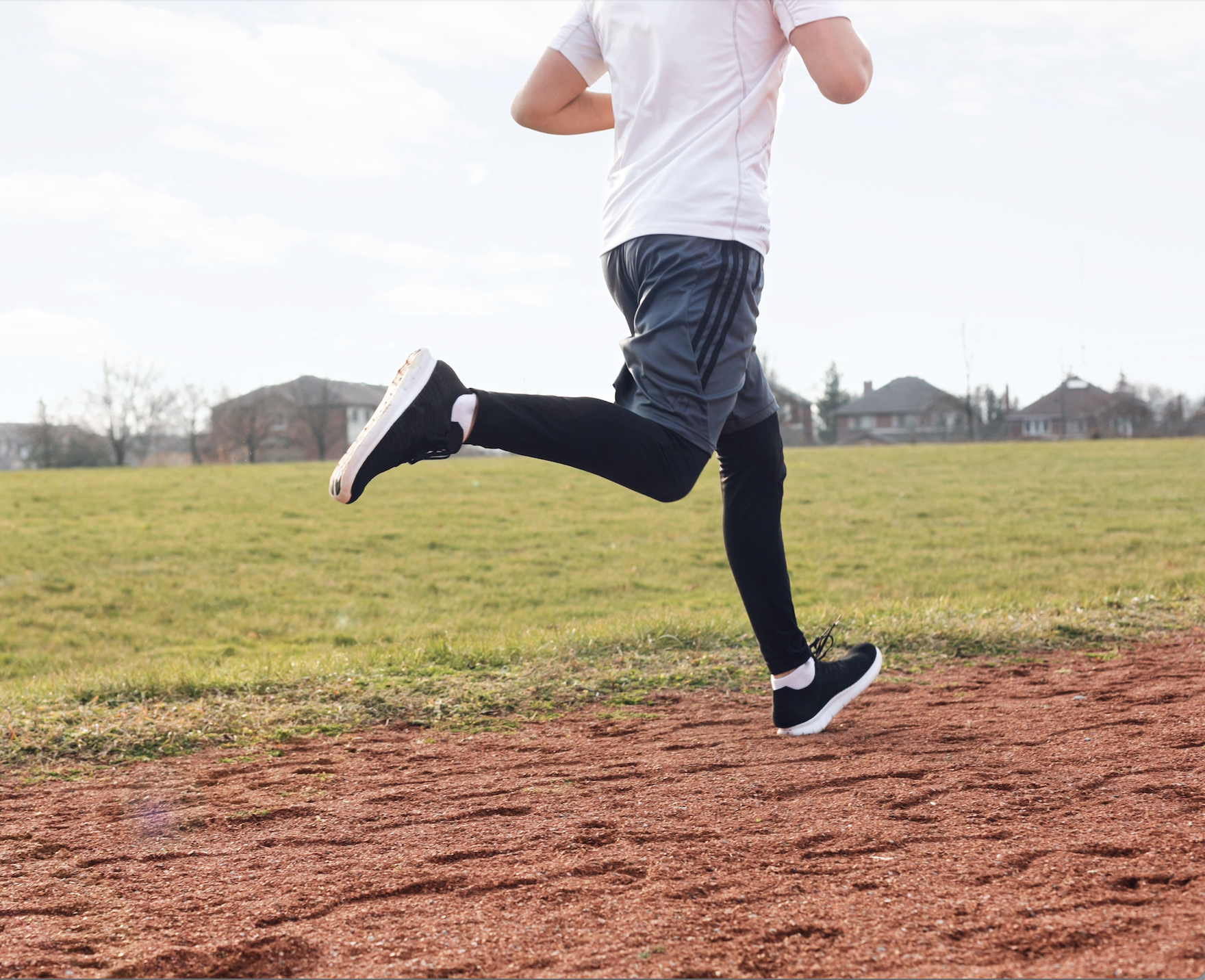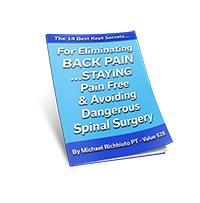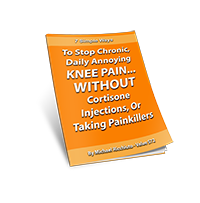🏃🏼♂️Many common repetitive running injuries are the result of improper biomechanics:
-Low back pain
-Hip bursitis
-Ischial bursitis
-It-band syndrome
-Hamstring strains
-Calf strains
-Meniscus and knee ligamentous injury
-Fractures
-Plantar fasciitis
-Etc..
⬆️ All of the above may result from forefoot vs. midfoot striking, pelvic strength and flexibility imbalances, osteokinematic imbalances, and improper footwear.
🦶🏼In this video a heel whip is demonstrated with the right foot during initial through mid-swing phases of the running gait cycle only to quickly compensate at terminal swing phases of the running gait cycle. As a good comparison the left foot does not demonstrate this deviation.
😃 Heel whipping can result in plantar heel pain, medial tibia stress syndrome, tibial stress fractures, patella femoral arthralgia, hip bursitis and tendinopathy, and posterior tibialis tendonitis.
🏃🏿In ultra-marathoners symptoms may not arise until miles 30-50. Eventually the improper biomechanics will create pathology by improper force distribution into tissues in the body that were not made to sustain such forces. Derangement of the tissues/bones will arise with pain as an indicator of the acute dysfunction but no resolution of the source of pain.
⚕️During a biomechanical runners evaluation at our offices the source of your improper biomechanics is analyzed to achieve a solution to your problem.
👟 Remember runners can chase symptoms of pain by foam rolling, massaging painful areas, or resting but the source of improper mechanics has not been addressed. Runners will often run for years thinking that their symptoms are chronic or inherited anatomical deviations.
If you have been struggling with pain or “tightness” during running the above must be considered. To schedule an evaluation please call our office at (412) 794-8352.




